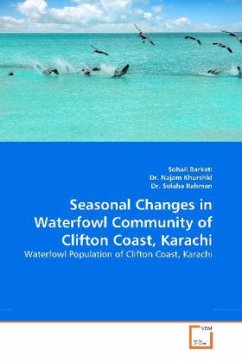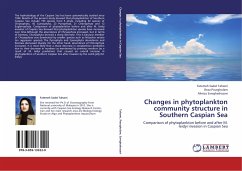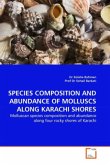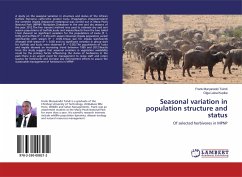Seasonal changes in population dynamics of waterfowl species of the Clifton coast, Karachi, Pakistan was studied for a period of four years. Waterfowl species were classified on the basis of guild structure in order to gather information on foraging habits, diurnal rhythms and diet preference. A detailed ecological characteristic of the study site was given to provide the effect of composition of sediment and water quality on the diet of birds. Fifty three waterfowl species were divided into 6 guilds: 1, Herbivorous; 2, Stalking; 3, Fishing; 4, Visual Surface Foraging; 5; Tactile Surface Foraging and Pelagic Foraging birds. A total of 225492 birds were counted at Clifton. The number decreased in 1995 and 1996 after a sudden increase in 1994. Birds of Guild-5 represented 63 % of the total birds'' population. Reduction of population of some species (Dunlin, for instance) may be related to the loss of feeding zone. Some species showed irregular annual changes in their population. Species of the same guild may behave differently. For instance, Venellus malabaricus declined from 418 in 1993 to 130 in 1996, whereas population of V. indicus remained almost constant.
Bitte wählen Sie Ihr Anliegen aus.
Rechnungen
Retourenschein anfordern
Bestellstatus
Storno








